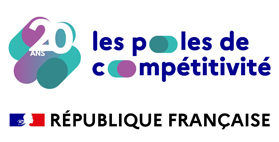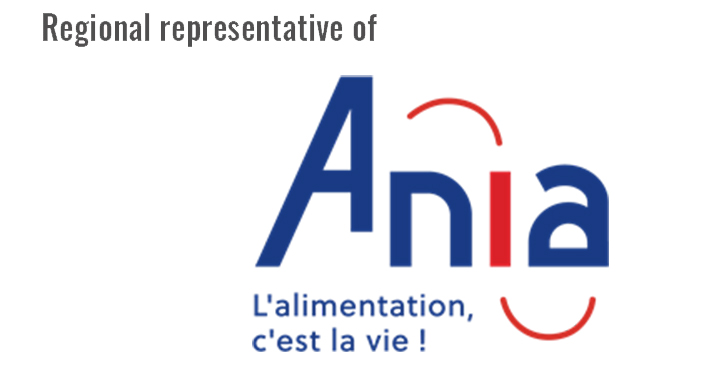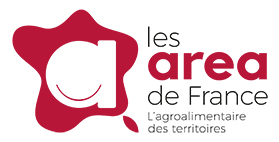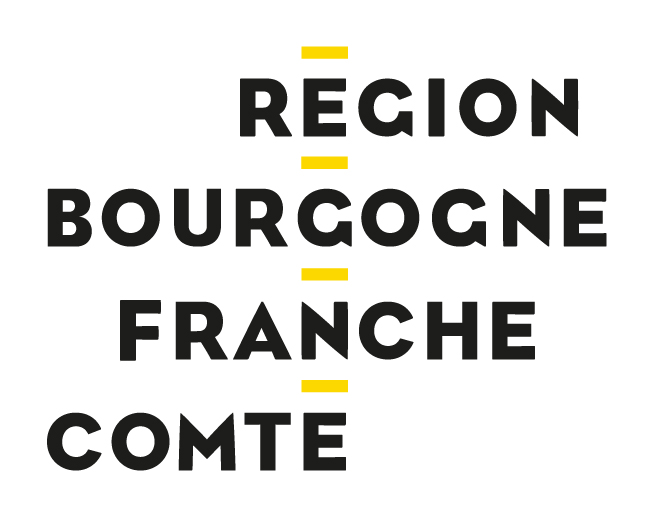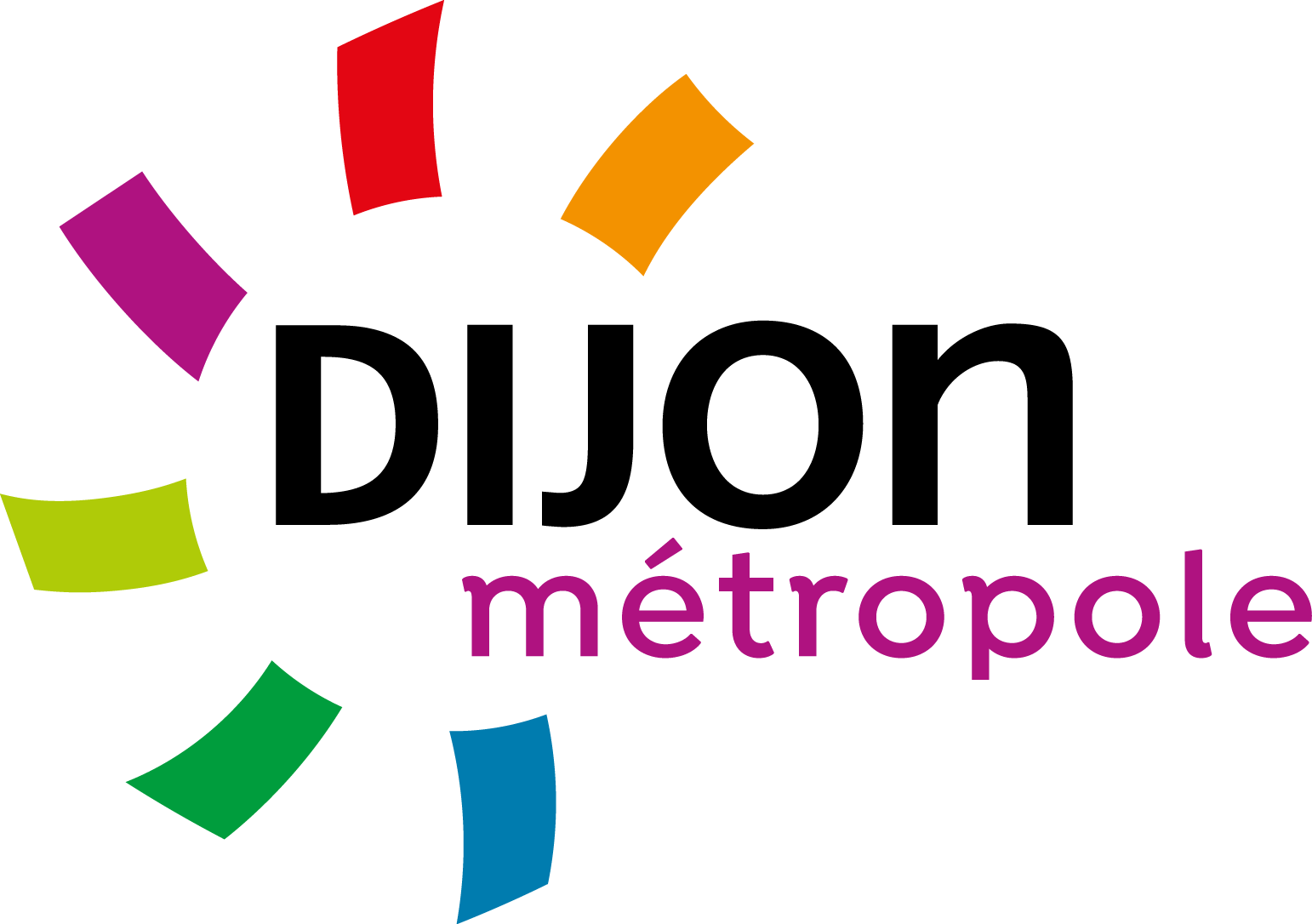21 June 2023 / The experts of the Vitagora ecosystem / Vitagora publication / Science and technologies
Cheese-making properties of milk: improving performance and sustainability

Why this should interest you?
- “Cheesability” denotes the technical properties of milk making it adapted to cheese production.
- Improving understanding of these properties allows the production of milk that is adapted to a purpose and to better manage manufacturing and to adapt technological parameters for cheesemaking.
- This is a preoccupation for the dairy sector, where each step in the production process can impact the final product: animal genetics, soil composition and fertiliser use, maturing practices etc.
- As a tradition cheese, the production requirements for AOP Comté cheese constrain the practices of producers and limit the use of additives and treatments.
- It is possible to address sustainability and performance issues by developing tools and methods for professionals adapted to these requirements.
From the pasture, to the milk vat to the final cheese: it is possible to improve the efficiency of the dairy production chain while respecting the requirements of AOP traditional cheeses, as well as the environmental impact and animal wellbeing? Can we improve knowledge of the factors impacting the “cheesability” of milk… even leverage these factors by modifying production practices?
Two Vitagora-accredited prodects – FROM’MIR and IFEP – have provided new insights for better understanding cheesemaking technical properties of milk destined for AOP Comté cheese, covering the whole dairy value chain.
FROM’MIR project
FROM’MIR is a regional project that ran for 4 years. Lead by CEL 25-90 and the Institut de l’Elévage, it assembled 13 other partners in order to mobilise actors from the whole of the dairy value chain: CFTC, Burgundy-Franche-Comté regional chamber of agriculture, CIGC, Actalia, INRAE, l’UMR 1313 Gabi G2B, Enilbio de Poligny, UR Urtal, HSCEL, EvaJura, Alice and Umotest. It was funded by CASDAR, URFAC, and the region of Burgundy-Franche-Comté. The goal of FROM’MIR was to develop tools for estimating and managing the cheesemaking potential of milk in the context of AOP and IGP in the Franche-Comté region.
IFEP project
The IFEP project was funded by ANR and CIGC and lead by the Agroecology research unit. Also partners were CIGC, CIGC, UMR Chrono Environnement, Institut de l’élevage and the national botanic conservatory of Franche-Comté. It finished in 2020 after a 4-year research program. The goal of the project was to ensure the sustainability of productions by improving the productivity of grazing while maintaining the agroecological balance, in particular regarding the effects of fertilisers.
How to evaluate the cheesability of milk?
Mid-IR spectroscopy: an innovative application in cheese-making
“Cheesability” means the technical properties of milk making it adapted to cheese production. It is an important economic factor and is essential for managing the quality of the final product. Up till now, milk cheesability was evaluated indirectly during performance testing post-collection (by evaluating the milk composition for example), to be able to react rapidly in the case of a quality issue.
While mid-IR spectroscopy is commonly used in the dairy sector, it is not usually used for characterising the cheese-making properties of milk.
It is a technique that requires little initial investment and provides fast and reliable results. It is used to determine butterfat and protein levels, as well as lactose and urea quantities using the MIR spectrum. This use of the MIR spectrum was the first goal of the FROM’MIR project.
Three factors for estimating the cheesability of milk
Wide-ranging campaigns were carried out in the Jura, Doubs and Haute-Saône regions to gather varied samples (milk from individual cows, from the herd or from the vat), in order to evaluate the most relevant criteria for determining cheesability on the basis of the MIR spectrum. Three factors were identified:
- The ability of milk to coagulate (enzymatic coagulation), by following Formoptic data for two types of renneting: soft cheese and pressed cooked cheese.
- Acidification ability: by following pH changes in cultured milks, on both soft and pressed cooked cheeses.
- Draining ability: which is estimated according to the weight of the fresh curds compared to the total milk weight, allowing the characterisation of the yield under laboratory conditions.
The relevance of these factors, estimated in the ENIL laboratory in Poligny, was tested in real conditions by cheese manufacturers. “It was essential to verify that these reference factors did indeed correlate to real-world conditions,” explains Cécile Laithier.

Beyond evaluating - predicting
Statistical prediction models using MIR spectrum
To go further still, the FROM’MIR project partners wanted to define equations using statistical models in order to predict cheesability based on these three factors.
“The idea is to make connections between the MIR spectrum results and the reference analysis results,” explains Cécile Laither, of Institut de l’Elevage. “We were able to develop estimation equations on the various parameters of cheesability, for three scales of milk: the individual cow, the herd and the vat.”
“Only the acidification ability proved impossible to predict using these equations. This was not altogether surprising given that mid-IR spectroscopy is based on the microchemical composition of milk. However, we were able to produce very interesting results regarding yield and for certain parameters related to milk coagulation: such as the firmness and the gelling speed.”
Before making these equations available actors in the dairy sector, a new program was launched to consolidate the results, the ObservaLAIT project. This ne project aimed for a more overarching approach to determining cheesability by integrating microbial diversity and by connecting the sensory quality of the cheese with influencing factors throughout the production chain.
Identifying influence factors on cheesability
“Cheesability is an issue for the whole of the dairy sector,” Cécile Laithier reminds us. “There are many factors that can influence results, from the start to the end of the production process.”
Another part of the FROM’MIR project concerned the identification of these influence factors. Genetic composition proved to be one of the most important factors in cheesability, particularly for the Montbéliarde breed (one of the only two breed authorised for producing AOP Comté cheese).
Analyses of associations between DNA sequences of 20,000 females and the cheesability of their milk (with 7 million analyses taking place) allowed the project partners to determine 9 parameters. “For example, cheesemaking criteria such as laboratory yield and coagulation ability were inheritable and selectable in 37% to 47%.”
“Thanks to this analysis, in 2022, Montbéliarde farmers were able to select a breeding bull with the best cheesability criteria,” Cécile Laithier continues.
“Other influence factors include feed, in particular the quality of fodder, the physiological status of the animal (if the cow is primiparous or not). Influence facters around milk freshness, collection and mixing are limited since these practices are defined by the AOP regulations. The project’s resources can be obtained from the project partners,’ concludes Cécile Laithier.
Soil quality: the goal of IFEP
Grazing pastures: another influence factor explored
In parallel to the FROM’MIR project, IFEP looked into the sustainability of dairy production by improving the productivity of grazing pastures while maintaining agrecological balane. The goals of the project were the following :
- Evaluate the impact of fertilisation practices on biodiversity
- Understand the effect of the “terroir” by the transfer of soil microorganisms to the milk, and their dependence on fertilisation practices
- Evaluate the vulnerability of pastures and dairy products to chemical contamination
In total, 44 farms throughout the Jura region took part in the research program: surveys of pasture and herd management, sampling of soils, of the phyllosphere, and of the udders of the cows, that were subsequently characterised by chemical and molecular analysis from the extracted DNA.
The results of IFEP confirmed a number of links between farming practices, soil characteristics, microbial communities, vegetation and milk production.
The impact of diversity practices and plant productivity
The first results concerned the plant diversity and productivity:
- Plant diversity increased with altitude, the availability of nutrients and the organic carbon levels in the soil.
- Fertilising led to a reduction in diversity, but also an increase in plant productivity.
- Livestock density, in particular in spring, decreased plant diversity.
- Nutrient recycling appears sufficient to maintain the soil fertility.
- In extensive systems, agroecological balance is encouraged by moderate amounts of organic fertiliser.
Links between farming practices, soil composition and microbial diversity of milk
The second results of the project showed potential links between the various compartments of microbial communities: soil, phyllosphere, cow udders and milk.
First of all, studies were carried out ot characterise the microbial communities of these four compartments: they allowed researchers to show that these compartments shared a significant proportion of their diversity, whether in terms of bacteria or fungi: 721 bacterial species and 512 fungal species.
A statistical analysis also indicated the transfer potential of microorganisms from the soil to the phyllosphere, the udder and the milk. These discoveries contributed to improving understanding of the effect of “Terroir, which relinks the characteristics of a product to its production environment. These potential transfers may be modulated by environmental parameters such as soil pH, ratio of grass to other plants, but also pasture and herd management: organic fertilisation of pasture, time spent in pasture in the spring, and post-milking udder treatment.
Microbial diversity in raw milk being decisive to the characteristics of the final product, these results reinforce the importance of taking the whole continuum into account, from the field to the cheese-ready milk when studying the sustainability of dairy production.
Go further
These two projects, FROM’MIR and IFEP, have provided evidence that farming and agricultural practices are of great importance in the dairy value chain. While remaining within the AOP Comté production requirements, the links highlighted by these projects provide a path for positively influencing the performance and quality of milk production, while respecting the environment and animal welfare.
Today, results point to other areas of study linking the various parts of the dairy value chain: following on from genetics, feed and cheesemaking practices, the spotlight is now on sensory characteristics of cheeses and their microbial compositions, in particular within the ObservaLAIT project.
Evaluations are also underway to go beyond the resultats of IFEP through national collaborations related to the sustainability of the dairy sector. The evaluation of transfer of contaminants between the various compartmens of soil and milk are also ongoing despite the fact that the quantity of contaminants identified in the soils was systematically under regulatory thresholds, thus confirming that the soils studied are not contaminated. Furthermore, no chemical contamination was detected in the milks studied for the project.
To find out more about the results of these two projects, or to be connected with the project partners, contact me: elodie.dasilva@vitagora.com
Further reading:
- Summary of the webinar on milk cheesability (in French) ebinaire qualité et fromageabilité du lait (2021)
- Microbial transfers from permanent grassland ecosystems to milk in dairy farms in the Comté cheese area | Scientific Reports (nature.com)
- Towards the assessment of biodiversity and management practices in mountain pastures using diagnostic species? - ScienceDirect
Keywords
Cheese, milk, quality, dairy farming, pasture, soil, Comté, AOP
Find out more
 To find out more about this subject, contact Elodie Da Silva, Vitagora's Innovation and Ecosystem team leader: elodie.dasilva@vitagora.com.
To find out more about this subject, contact Elodie Da Silva, Vitagora's Innovation and Ecosystem team leader: elodie.dasilva@vitagora.com.
A food engineer from the French city of Toulouse, Elodie devotes her considerable energies to leading Vitagora's team of food innovation professionals in supporting members' innovation activities.




 Home
Home




